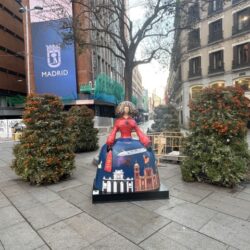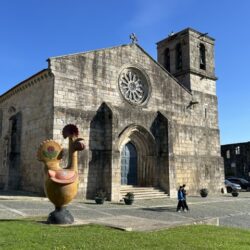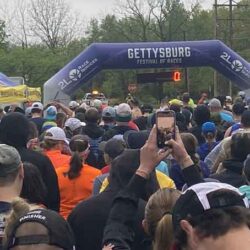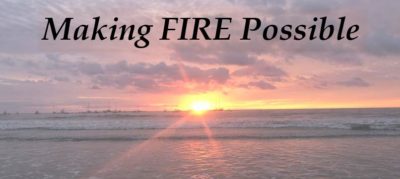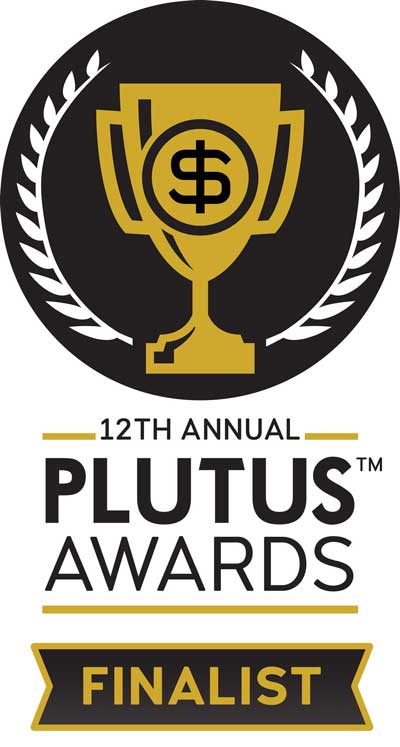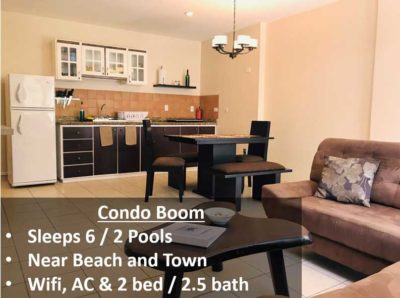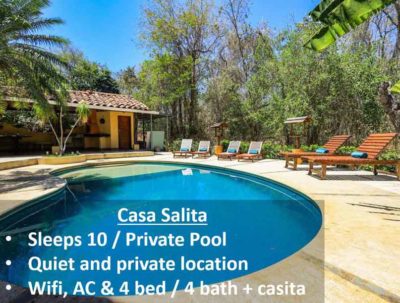Where to Stay: Hilton Dublin Airport, Hotel Arrizul Catedral, AC Hotel Porto
Where to Eat: anywhere that serves pastel de nata and francesinha:)
What to See: In San Sebastian: take the funicular to see all of San Sebastian (photo above), walk on the beach, walk alongside the beach, Old Town. In Northern Portugal: charming small towns Caminha and Viana do Castelo for river side, Espinho for beach; Gaia and Porto riverfronts; Mercado do Bolhao
Day 8: Flight from Dublin to Madrid and on the road from Madrid to San Sebastien

Our plan was to fly back to Madrid and head to Valencia. However, given the tragic flash floods, we skipped the Valencia portion and instead started our drive west through Spain – first stop, San Sebastien. The Hilton Dublin Airport made it easy to catch our 7:30am flight. It’s about 10 minutes from the airport, and there is a free shuttle. The room is well-appointed with a bathrobe, lots of tea and instant coffee and Crabtree & Evelyn bath products. Unfortunately we were only there for a quick overnight.
Our Aer Lingus flight was as bare bones as the first one, but it did get us in early. The Madrid airport is easy to navigate, so we were on the road to San Sebastien shortly after noon.

The topography is pretty, and the wide, well-kept roads reminded me of driving through middle America — except the speed signs in kilometers and sightings of the Osborne bull. There are 82 Osborne bulls apparently, lining the hilltops throughout Spain. They are not sculptures, but rather tall cutouts that have been around since the late 1950s. We saw a couple of bulls on our drive.

We also passed a well-stocked rest area with hot meals on real dishware. While we passed on the paella, barbecue ribs and other nice-looking entrees, we did split a delicious, Nutella croissant and picked up some Filipinos, a chocolate cookie covered in white chocolate, for the road. We didn’t have beer in the middle of the afternoon, but the rest area carried San Miguel, a Filipino beer.

We arrived in San Sebastien just after 6p, and the town was hopping. This was peak Saturday night energy with crowded restaurants, some with lines out the door, bumper-to-bumper traffic and people walking everywhere. Our hotel is well-situated in the city center, just 10 minutes from the beach and about 20 minutes from the Old Town, so we dropped off our stuff and headed out to experience the nightlife and walk along the beach.
It would help to speak Spanish. The native food is pintxos, small dishes like tapas in the rest of Spain. Many of the restaurants did not have English menus so we just did our best with Google translate. We ended up trying croquettes, meatballs, sausage and a potato egg omelet. Along with a beer and sparkling water, the total was under 30 Euros.
On our way back, we detoured to the beach. There were many people walking on the sand, but we opted for the paved boardwalk above. It was a lovely way to work off dinner.
Day 9: San Sebastian

Scott went for a run first thing in the morning and captured the beach at daybreak.

Then we started our day together at Sunday mass at the Cathedral of the Good Shepherd. This church is right by the city center and a beautiful stop for your walking tour. From there, we picked up some pastries for breakfast – cinnamon roll, chocolate and glazed mini donuts, and a chocolate croissant – which we ate outside on the many café tables that line the streets.

We then walked along the beach again, this time by day.

This is definitely a walking city. If you’re not walking on the beach, you have the paved road alongside. Or you can detour onto a gravel road lined with small trees.

We hit the funicular shortly after it opened (it opens at 10:30a) and we had no wait. The funicular takes you to an overlook where you can see all of San Sebastian. There is also an amusement park for young kids, with a small rollercoaster, boat rides, bumper cars, carousel and lots of games. The funicular is 4.50 Euro round trip, and you can access the overlook without paying. However, it’s a long climb, and the funicular is fun and quick. We had a car to ourselves on the way back.

Scott paid an addition 3 Euros and walked up additional steps to access an even higher lookout tower. It gives you the highest view of the town.

After a rest at the hotel, we went back out to the Old Town to get more steps (it would end up being another 20,000-step day for me). San Sebastian has so many beautiful places to walk. This time, we looked for restaurants for our lupper.

We ended up at a plaza that was a former bullfighting ring and had more pintxos.

We also stopped at yet another pastry shop for dessert, including a traditional Basque cake filled with chocolate (instead of the original almond). This gave us a second wind to explore yet another area by the water. It was heading towards sunset, and people were out in force. There were dancers entertaining the crowds, couples waiting for the sunset, families walking by the water. It was our last night in San Sebastian, and even though it was Sunday, it was still lively.

Day 10: On the road from San Sebastian to Porto

On our last morning in San Sebastian, we captured this photo from our hotel balcony to remember how compact the city center is and how you can be in the heart of everything.

We also found yet another darling café for breakfast and had one last walk by the river to pick up the car.

Then it was a full day’s drive to Porto, where we would spend the next few days. We opted for AC Hotel Porto, a Marriott property. Our Titanium rewards status got us upgraded to a junior suite the top floor with a view of the football (soccer) stadium.

The AC Hotel isn’t in the city center of Porto but it’s by a metro and by a mall. For our first night in Portugal we walked around the mall (H&M, Zara and other usual suspects) and ate at the food court.
Day 11: Caminha and Viano de Castelo
We picked Northern Portugal in large part because International Living talks it up so much. IL Magazine is how we ended up buying in Tamarindo, Costa Rica. Now that we’re considering a base in Europe, we’re taking IL recommendations yet again. Caminha ranked in the top three of up-and-coming towns.

It took about two hours to hit all of the sites featured on the ChatGPT walking tour of Caminha. We started at Igreja Matriz de Caminha, a church from the 1500s.

Caminha is right along the river which provides beautiful views.

There is also a cute town center, Praça Conselheiro Silva Torres, with shops, restaurants and a lot of real estate agencies given the size of the town. Some of the shops include Guerlain and Jimmy Choo! Perhaps, this is why International Living hypes up Caminha – it’s small, accessible but clearly attracts enough business to support high-end retailers. That said, it was too small for us. I couldn’t see us happy there for months at a time. So we headed to another town, also recommended by IL – Viana do Castelo.

We parked in a free lot by the water and just picked a small snack shop to have some lunch. In these small towns, English menus and English speakers are few and far between, so we picked the daily special. Francesinha is a popular sandwich out of Porto, which features layers of sausage, ham and beef covered in cheese and sauce. It was delicious, and Scott ended up ordering Francesinhas several more times in our short week in Portugal.

We started in the main square, the Praça da República.

Then saw a church from the 1500s, the Igreja da Misericórdia.

We took a funicular up to another church, the Basílica de Santa Luzia, and a spectacular overlook.



Scott opted to go up to the tower — a single-file, in-the-dark climb suitable only for people without any fear of heights or claustrophobia.

You are rewarded with even better views.

Day 12: Porto Town Center

We dedicated a full day to walk around Porto, including taking the metro to and from our hotel. Our first stop off the train was the Jardim do Morro, a small park with a nice overlook (where the above shot was taken). We were across of Porto at Vila Nova de Gaia. Porto and Gaia are separated by the Dom Luís I Bridge, which you can walk across at the upper or lower levels.

We crossed on the lower level, but first walked on the Cais de Gaia along the river, which has nice cafes and shops. The recommended tourist activity is a port wine tour, but as Scott and I aren’t avid drinkers, we just walked around.

Another popular activity is river cruising, and we saw rides from 15 Euro (on the Porto side, the price is higher at 18 Euro!).

Before crossing over to Porto, we visited the Serra do Pilar Monastery, dating back to the 15th century, and with a spectacular view of the Douro River and Porto. After walking on the Gaia side, we crossed the Dom Luís I Bridge on the lower level over to Porto.

Porto is very hilly, and even though we visited during the shoulder season, it felt crowded – not as much as San Sebastian, but certainly more than Viana do Costelo, Caminha and Clifden. We had a 12-point walking tour (courtesy of ChatGPT again), but skipped a number of spots due to the crowds and hills.

Of course, we didn’t skip any eating. We hit a charming restaurant so I could try some seafood (I had herb-crusted hake with roasted potato, pea pods and carrots). We also stopped for pastries – TWICE!

We stopped at the Igreja de São Francisco, a famous Gothic church, the Palácio da Bolsa (the former stock exchange of Porto) and from a distance, theClérigos Tower and Church. The Tower requires 240 steps to the top — another excursion for those with no fear of heights or claustrophobia — so we passed. It was enough for us to just enjoy the overall architecture and bustling streets.

Then we returned as we came, on Porto’s modern and comfortable metro.
Day 13: Braga

Before checking out Braga, our fourth town in Portugal, we stopped for breakfast at Royale, a restaurant mentioned in a number of lists for top places to eat breakfast in Porto. This was in the more modern part of Porto, and Royale’s open kitchen captures the style of the place – bright, spacious. Several patrons were alone with laptops, clearly a coworking stop.
PICTURE Royale
It’s also got great food. We had ham and cheese sandwiches and, of course, pastries. Portugal’s signature pastry is the pastel de nata, a custard egg tart, so we got one of those. We’ve been loving the cream-filled donuts since we had one in San Sebastian, so we get one everywhere we see one. We also had a chocolate croissant – all the pastries have been so good since we our first day here, and chocolate anything is amazing.

Braga is about 40 minutes from where we’re staying in Porto. We parked near the Se de Braga, one of the oldest cathedrals in Portugal, so started there. There are separate tickets for the cathedral, the chapel and the museum. We opted for just the cathedral, and there was enough to see, like the enormous pipe organ.

And outside (I might use this shot for one of my FBC Films projects one day)

We walked down the main streets and visited the main square, Praça da República, with a large fountain, shops and cafes.

We stopped into another church, Igreja de Santa Cruz, which was much smaller but still with the striking Portuguese tile and intricate carvings.

While not in full bloom, the Jardim de Santa Barbara, still had some nice pockets of flowers.

Our final stop was outside the church at one of many outdoor shops to pick up souvenirs.

Braga was my favorite stop in Portugal so far. It’s lively like Porto but with fewer steep hills and far fewer crowds. Yet, there’s more to do and see than in Viana do Castelo and certainly Caminha.
Day 14: Espinho and Porto nightlife

We started our day with an outing on the metro and commuter train (like the LIRR in New York) to get to Espinho, a beach town about 25 minutes from Porto. It was fun riding with the locals, and you could see the residential neighborhoods along the way. The beach is contiguous, so you could walk all the way from Porto along the water.

After a leisurely breakfast at the outdoor Eleven’s Café, we walked to the beach .

Espinho has a casino, though it was closed when we were there, and there was an animated film festival kicking off the day we visited.

It was a nice, 2.5-hour excursion, and our hotel situated close to the metro meant we could stop by for some rest before heading out later to experience the Porto nightlife.

During our break, we finished off our favorite pastry, pastel de nata. We had bought a pack of six during our visit into Braga.
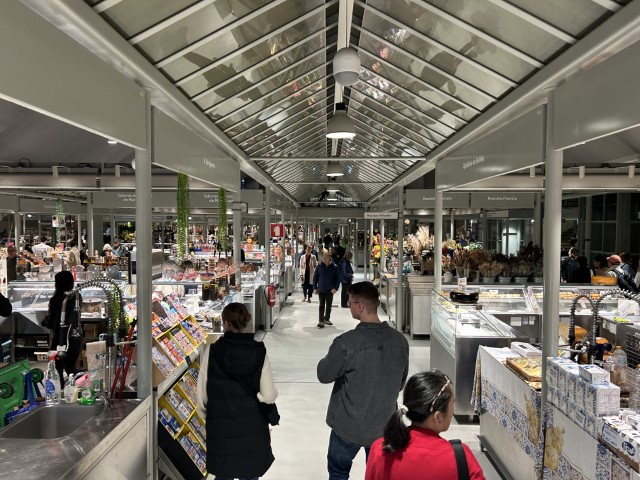
We ventured back into Porto to visit the Mercado do Bolhao, a large, colorful indoor market with everything you could need in a fresh food shopping trip. There were stalls dedicated to wine, seafood, fruits and vegetables, chocolate and more, including a stall that sold many varieties of mushrooms. This had all the fun of Chelsea Market in NYC but with manageable crowds and prices.
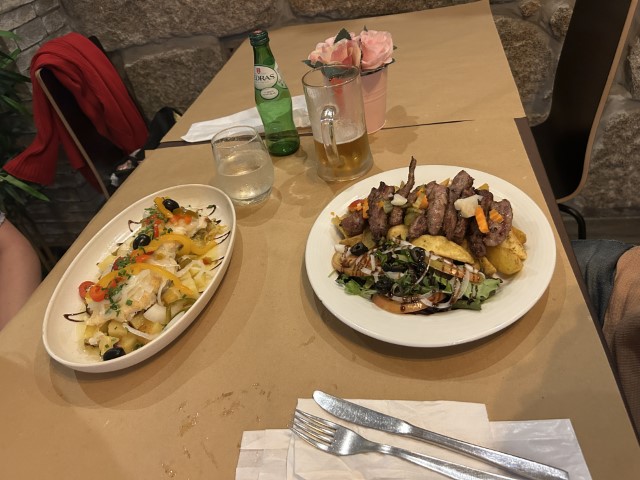
Dinner was more seafood for me – specifically cod, the national fish of Portugal.
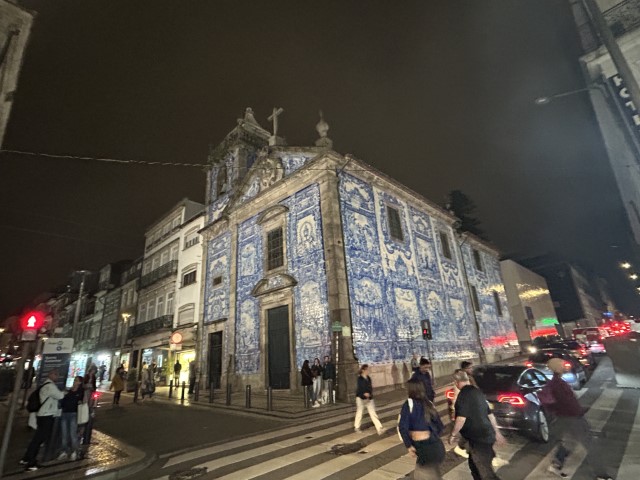
We passed the Capela das Almas or Capela de Santa Catarina, or Chapel of Souls, which is a great example of the lovely tilework you see outside many structures in Portugal.
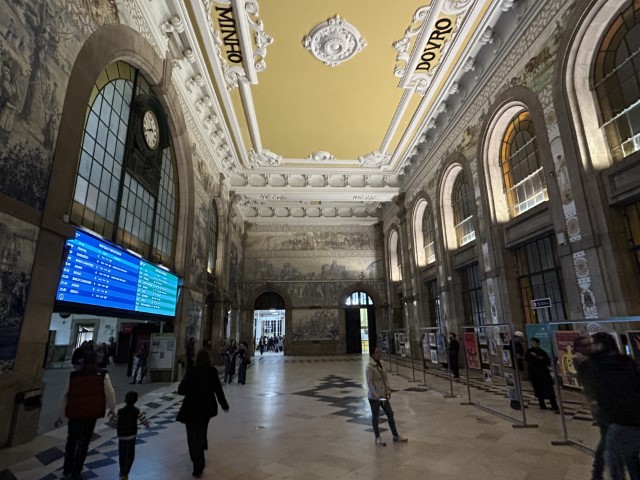
Our final stop was the Sao Bento station, a main terminal similar to Grand Central in NYC.
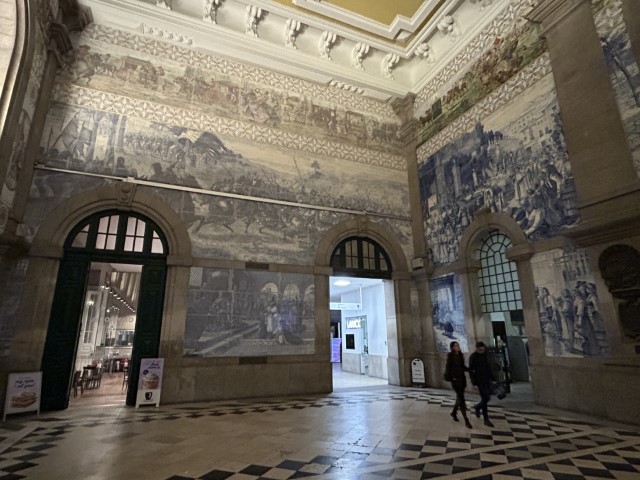
While it’s a major hub, don’t just come in to for the trains. Take some time to admire the tiles — there are 20,000 of them, depicting scenes in Portuguese history.
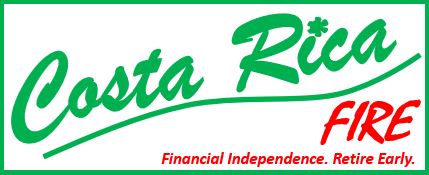

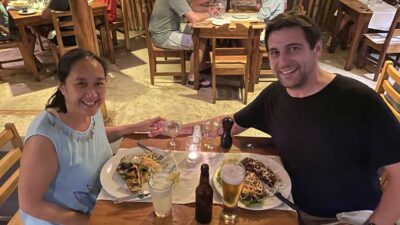 We are Scott and Caroline, 50-somethings who spent the first 20+ years of our adult lives in New York City, working traditional careers and raising 2 kids. We left full-time work in our mid-40’s for location-independent, part-time consulting projects and real estate investing, in order to create a more flexible and travel-centric lifestyle.
We are Scott and Caroline, 50-somethings who spent the first 20+ years of our adult lives in New York City, working traditional careers and raising 2 kids. We left full-time work in our mid-40’s for location-independent, part-time consulting projects and real estate investing, in order to create a more flexible and travel-centric lifestyle. 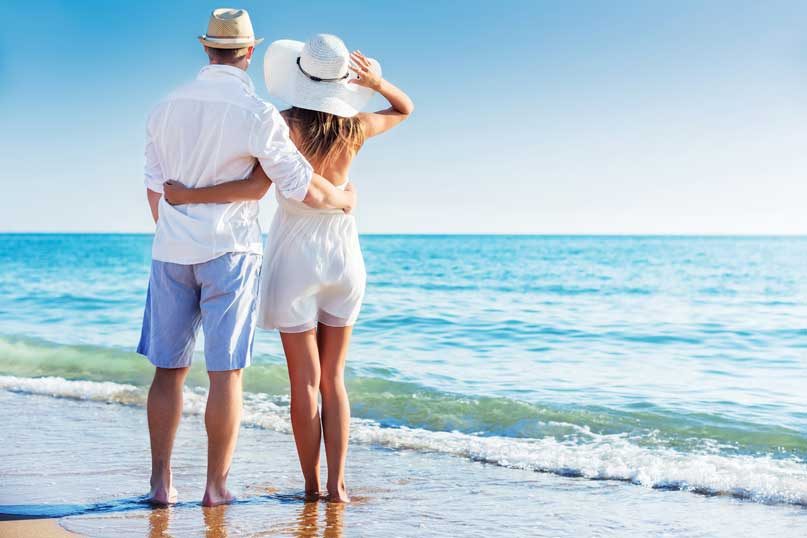 Financial independence and early retirement is not something we originally focused on, but over time realized it was possible. Our free report,
Financial independence and early retirement is not something we originally focused on, but over time realized it was possible. Our free report, 